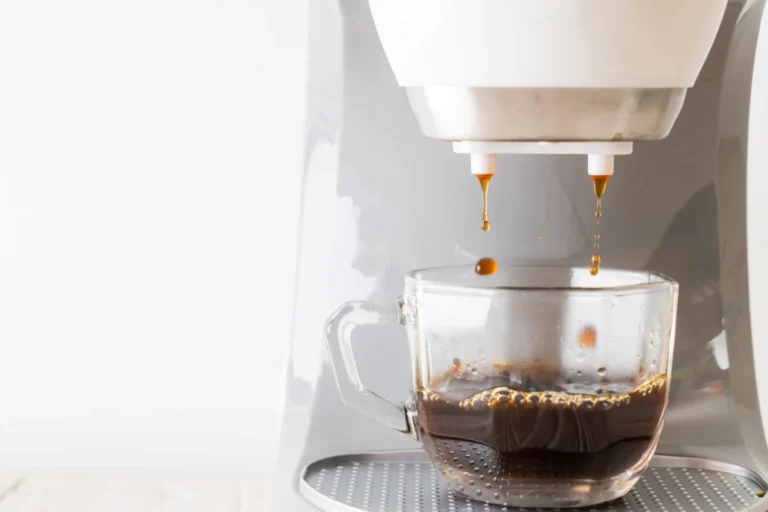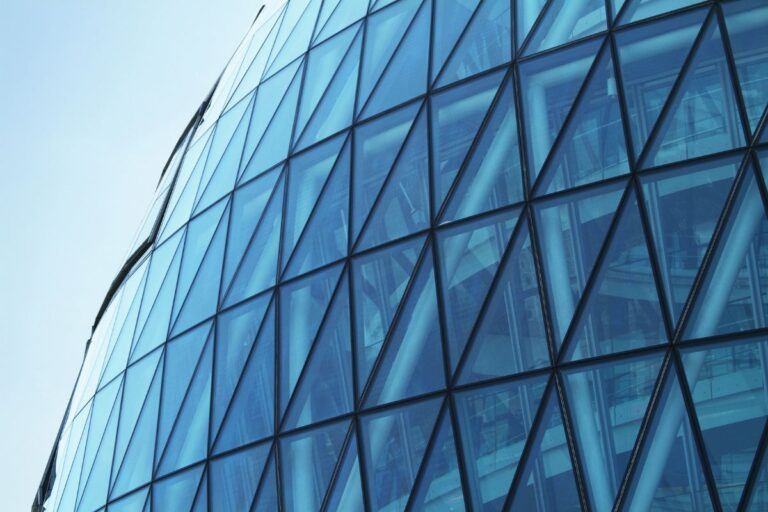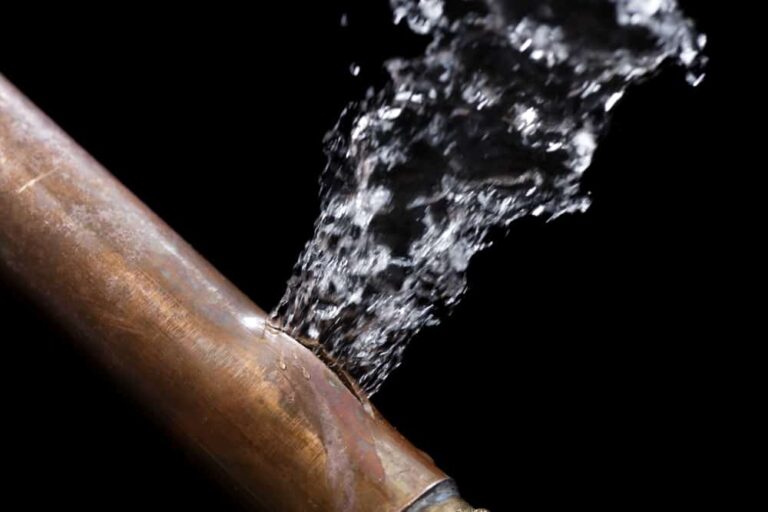In today’s fast-paced world, caffeine is more than just a morning ritual; it’s a staple in the daily lives of millions. The global landscape of beverages is vast, and caffeine plays a pivotal role in it. From the traditional cup of coffee to modern energy drinks, caffeine is ubiquitous. But what exactly is this compound, and how does it find its way into our drinks?
Caffeine is a natural stimulant found in various plants. It works by stimulating the brain and central nervous system, helping to keep you alert and prevent the onset of tiredness. Historically, it was first extracted from coffee beans, but it is also naturally present in tea leaves, kola nuts, and cacao pods.
Coffee
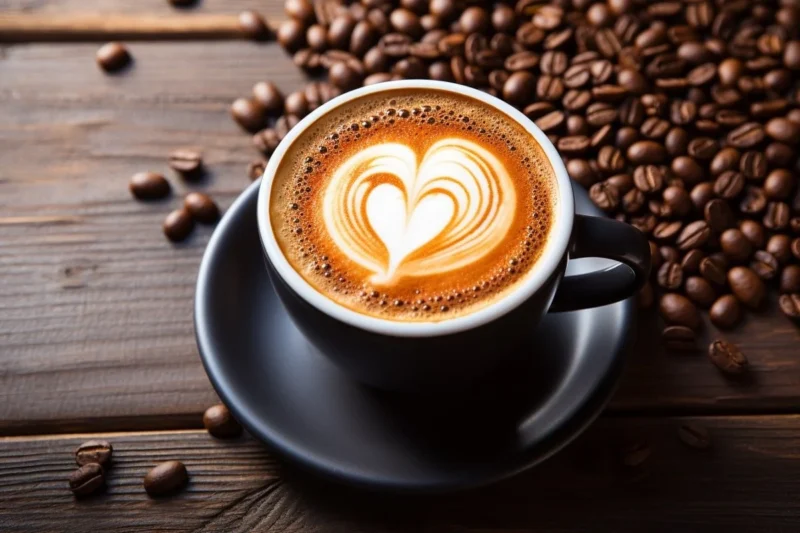
Coffee, the quintessential caffeinated beverage, varies significantly in its content. This variation stems from the type of coffee bean, the method of preparation, and the serving size. Generally, a typical 8-ounce (240-milliliter) cup of coffee can contain anywhere from 80 to 200 milligrams. Espresso, a coffee-brewing method that uses high pressure to force hot water through finely-ground coffee beans, has higher concentration per ounce, but because servings are smaller, a standard shot of espresso generally holds about 63 milligrams. To further explore caffeine stats, take a look at CaffeinePro.
Tea’s Gentle Embrace
Tea, another popular choice, offers a different experience. The content in tea can vary depending on the type of tea and how it’s brewed. For instance, black tea typically contains about 40 to 70 milligrams per 8 ounces, while green tea ranges from 15 to 60 milligrams. Herbal teas, on the other hand, usually don’t contain caffeine unless blended with caffeinated teas or other caffeine-containing ingredients.
The Rise of Energy Drinks
Energy drinks have surged in popularity, especially among younger demographics. These beverages often contain not only higher levels of this substance but also a mix of other ingredients like taurine, ginseng, and B vitamins. The content in energy drinks can vary widely, ranging from about 50 milligrams to a whopping 300 milligrams per can or bottle.
Soda
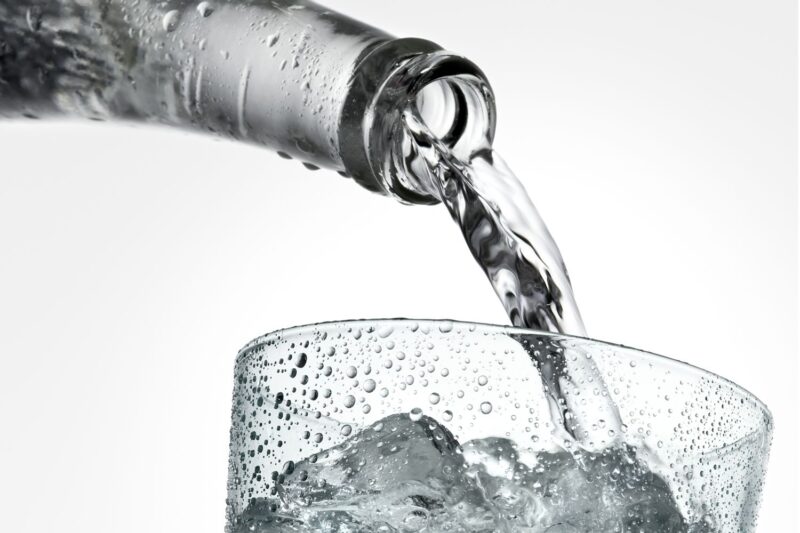
Soda, or soft drinks, often contain this substance, though typically less than coffee or energy drinks. A typical can of cola offers about 20 to 40 milligrams of caffeine. It’s worth noting that not all soft drinks have caffeine, and many brands offer caffeine-free versions of their popular drinks.
Hidden Caffeine in Foods and Medications
Caffeine isn’t just in beverages; it’s also present in certain foods and medications. Chocolate, for example, contains caffeine, though in smaller amounts compared to beverages. Some over-the-counter and prescription medications, especially pain relievers, cold medications, and weight loss pills, may include caffeine due to its stimulating properties.
Making Informed Choices
Being aware of the content in your favorite drinks is crucial, especially if you are sensitive to caffeine or trying to limit your intake. While moderate consumption is generally safe for most people, excessive intake can lead to unwanted side effects like jitteriness, insomnia, and a rapid heart rate. The recommended upper limit for most adults is around 400 milligrams per day, roughly the amount in four 8-ounce cups of brewed coffee.
When choosing your beverages, consider not just the taste but also the content. For coffee and tea drinkers, brewing time and temperature can affect levels of this substance, so adjusting these can help control your intake. If you’re looking to reduce caffeine, consider options like decaffeinated coffee or herbal teas.
Additionally, be mindful of the cumulative effect of consuming multiple caffeinated products throughout the day. A coffee in the morning, a soda with lunch, and an energy drink in the afternoon can quickly add up. Paying attention to labels and serving sizes can help you stay within healthy limits.
The Role of Caffeine in Physical Performance
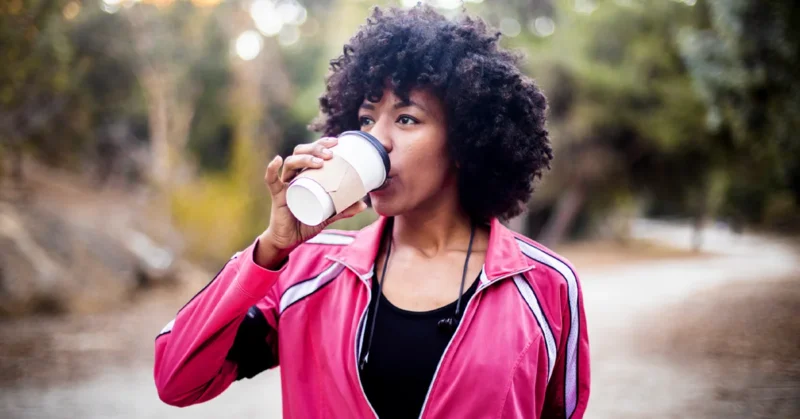
Caffeine is not just a wake-up call; it also plays a significant role in enhancing physical performance. Athletes and fitness enthusiasts often turn to caffeinated beverages for a pre-workout boost. The reason lies in caffeine’s ability to increase adrenaline levels in the blood, which enhances physical performance by preparing muscles for intense physical exertion. A moderate intake before exercise can improve endurance and reduce the perception of effort, which is why it’s a common ingredient in pre-workout supplements.
Decoding Labels and Understanding Servings
Understanding the content in beverages is not always straightforward. The key lies in carefully reading labels and knowing the serving sizes. Manufacturers are required to list the content on energy drinks, but this is not always mandatory for coffee and tea products. This means consumers need to be savvy about estimating the content based on the type of beverage and serving size.
When reading labels, it’s important to note that the listed content is per serving, which may not always correspond to the entire bottle or can. For example, a 16-ounce bottle of iced tea might list 40 milligrams per 8-ounce serving, meaning the entire bottle actually contains 80 milligrams of caffeine.
Caffeine Sensitivity and Moderation
Individual reactions can vary widely. Some people are highly sensitive to caffeine, experiencing symptoms like nervousness, restlessness, and stomach upset even at low doses. Others may have a higher tolerance and experience no adverse effects even at higher levels of consumption. This variability is influenced by genetic factors, body weight, and individual tolerance developed over time.
For those who are sensitive or wish to reduce their intake for other reasons, it’s important to be mindful of hidden sources of caffeine, like certain medications and food products. Additionally, reducing gradually can help avoid withdrawal symptoms like headaches and fatigue.
Balancing Caffeine with Hydration
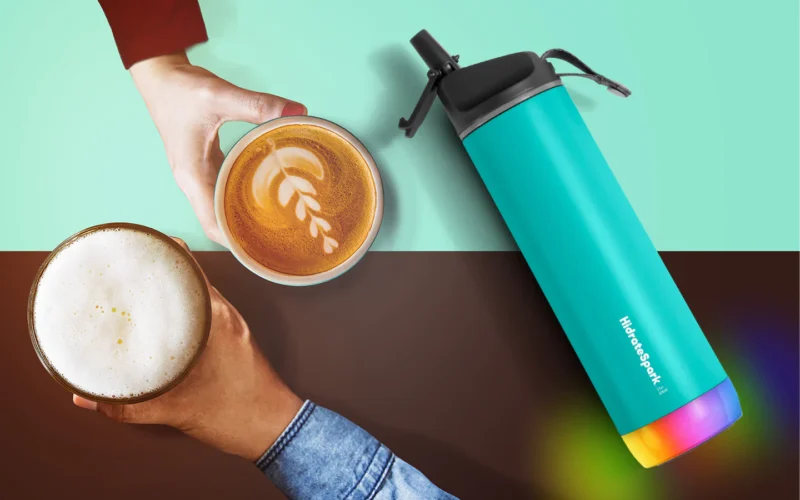
While caffeinated beverages can contribute to your daily fluid intake, it’s important to balance them with non-caffeinated fluids. It has diuretic properties, meaning it can increase the frequency of urination. This effect is more pronounced in individuals who consume caffeine sporadically. Regular consumers may develop a tolerance to this effect. To maintain proper hydration, especially if you consume large amounts of caffeine, it’s wise to drink plenty of water throughout the day.
Conclusion
Navigating the world of caffeinated beverages requires a blend of knowledge, awareness, and personal introspection. By understanding the caffeine content in various drinks and being mindful of your consumption patterns, you can enjoy the benefits of caffeine without the downsides. Whether it’s a morning coffee, a midday tea, or an occasional energy drink, making informed choices about caffeine can contribute to a balanced and healthy lifestyle.

